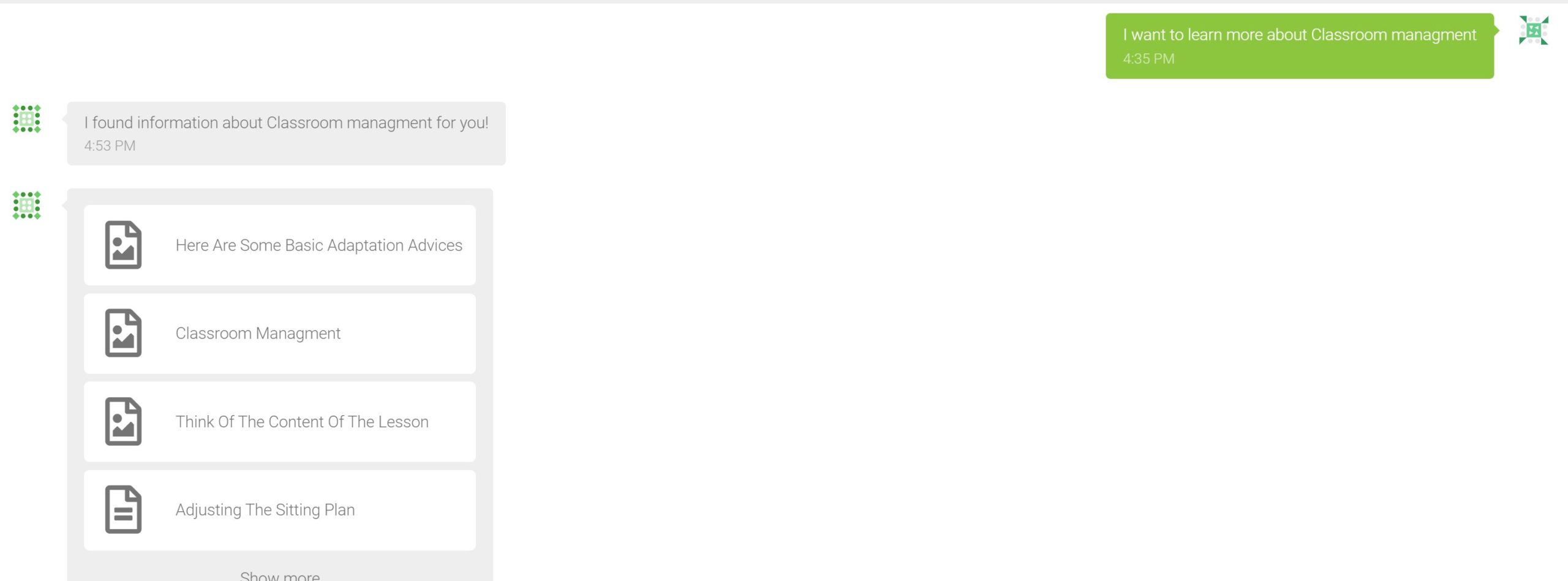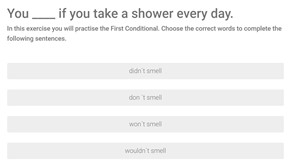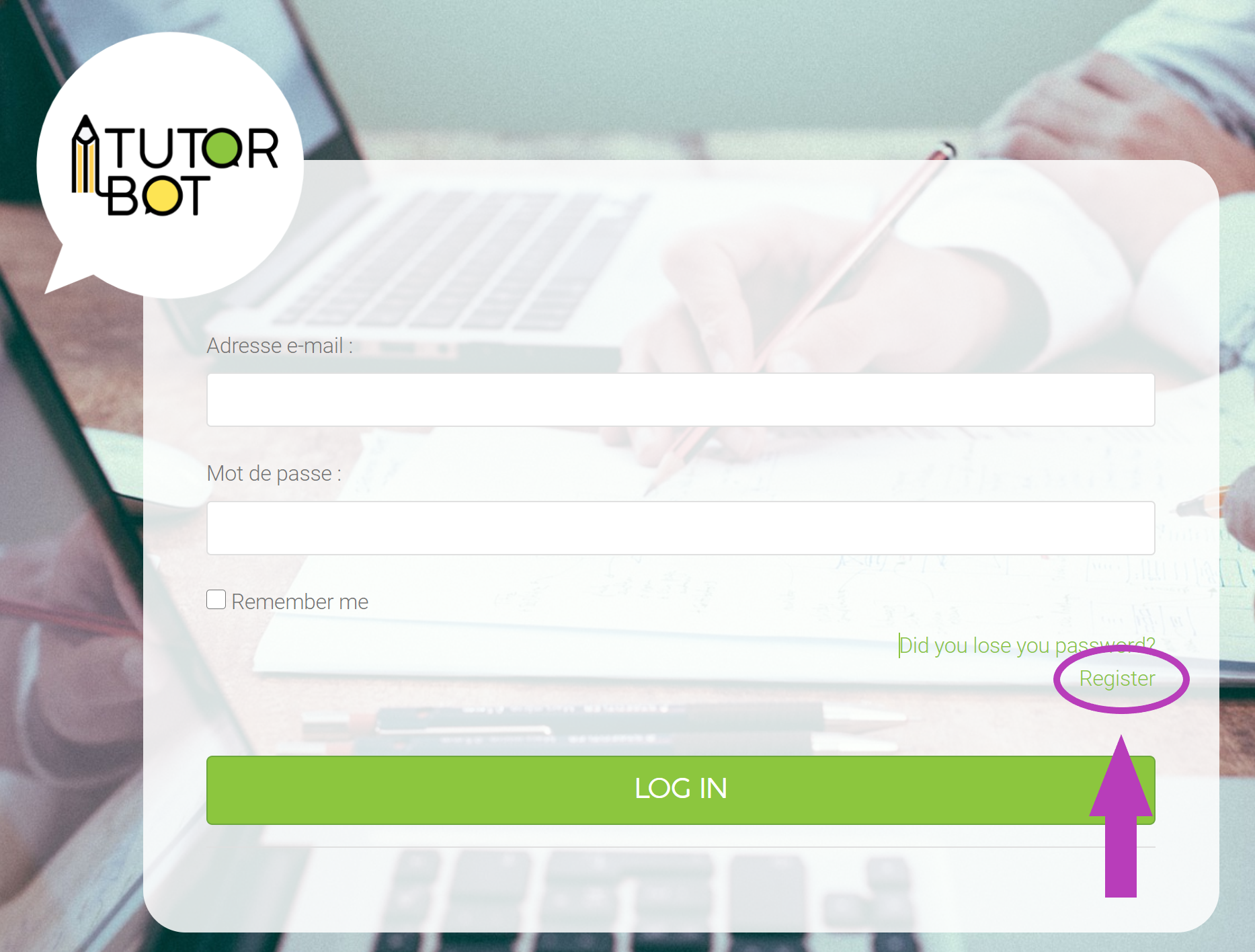Our project ‘Tutorbot: Chatbot for learners’ has one last month to go! Tutorbot started in October 2018. In 2019 the partners dived into the development of the chatbot alpha. The lesson was learned and chatbot beta went on a road in 2020. One pandemic and several chatbots later, it is 2021 and we are almost at the end of the creation process.
In this article, we want to share some amazing news with you. The Tutorbot platform will be made available for you to explore in the 1st week of March 2021! You will be able to get to know the Inclusion bot which focuses on inclusion and accessibility for learners with Specific Learning Disorders. You might also have heard of our other project, Mr. Winston. Well, if you couldn’t access Mr. and Mrs. Winston on Facebook Messenger, you can now explore them on the Tutorbot platform as well!
You can read about Tutorbot functions and how to create your own chatbot in detail in the Chatbot design guide and Training content, which are going to be published at the end of March 2021 on the project´s website https://www.tutorbot.eu/. In this article, we will equip you with a few basic instructions on how to communicate with our chatbots and give you a few tips on how to navigate the platform until these resources are published.
Note: Don´t miss a sneak peek at the end of this article!
1. Access to the platform and how to create an account.
To access the platform, copy this address to your browser: https://platform.tutorbot.eu/ . You will see a list of public chatbots. In order to access them, you will be asked to log in. You can now create your own account by clicking on the register button at the bottom right corner
2. Public chatbots?
“Public“ means that any registered user can learn with these chatbots. No other chatbots are visible. To be able to access any other chatbot, you will need to be invited by the person who created it. Eventually, your front page can be filled with many tabs of different chatbots.
3. How can a chatbot be useful?
Chatbots use artificial intelligence and, if well programmed and trained, they can simulate a conversation. The interactions with their users can be compared to a round of tennis: “for every user inquiry, they respond, in turn, with an appropriate and intelligent answer.” Tutorbot aims to relieve teachers and trainers from having to answer repeatedly asked questions again and again and mediate content and materials which can complement regular lectures. The benefits for students are that they can study at their own pace, on their own devices whenever and wherever they want.
To summarize, here is what a chatbot on the Tutorbot platform provides:
-
- definitions,
- various resources in different formats (documents, infographics, videos, URL links and others),
- exercises with immediate feedback.
4. How should I talk to a chatbot?
When you access a chatbot for the first time, it will send you a unique set of messages which can contain information about what it is dedicated to or instruction on how to study its content. The following messages will be briefer. The Inclusion bot will greet you and provide some additional information.

In the beginning it might be useful to know the content. Individual chapters and topics are called “sequences” in Tutorbot. Don’t despair, all new terms are explained in the training content and there are not that many.
If you want to know which sequences are included in the chatbot, type:
- What can I learn?
- What can I study?
- Show me everything.
You will be able to uncover the whole list of topics you can study. Then you can choose a topic from the list by clicking on the button and the chatbot will send you all resources it has in its database.
For every chatbot, there is a possibility to create a unique glossary called a lexicon. To receive a definition from it, you need to type:
- What is the defintion of ….?
- What is/are … ?
And a term you are interested in. For the Inclusion bot it might be: “What is the definition of the specific learning disorders?” or “What is classroom management?“. In the following message, the chatbot offers you to access the relevant sequences straight away.
So far, we haven´t discovered the maximum number of resources that can be in one sequence. If you want to discover them all, type:
- I want to learn about … ?
- I want to study … ?
- I want to know more about … ?

You might find documents, videos, interactive exercises and much more!


If you get lost, just type “help” and the chatbot will direct you to some sequences to master. If you have had enough for one visit, no problem, you can simply type “stop” or “bye”. That is it!
Our final recommendation is: Chatbots learn by interacting with users. If the chatbot cannot answer you, try to modify your message so it fits one of the demonstrated sentences or try to use another one.
Tutorbot is a new platform. And as navigating through it might seem challenging at first, it gets easier with each visit. We are doing our best to iron out the kinks. Don´t forget to explore the Chatbot design guide which covers the pedagogical value and uses, technical design recommendations, and feedback and recommendations from the user experience of the chatbot creator platform. Training content will guide you step by step all the way to your own chatbot. We hope you find Tutorbot helpful in your teaching practice!
As promised, here is a short sneak peek of the platform!
https://logopsycom.com/wp-content/uploads/2021/03/Tutorbot-presentation-5.0.mp4
Here are our previous articles on Tutorbot:
- The challenges of an innovative application of chatbots in education
- 4 things we learnt from developing a tutor chatbot from scratch
- TUTORBOT: a chatbot tutor for learners in VET
![]() Follow us on Facebook and Twitter to know more about the progress of this project.
Follow us on Facebook and Twitter to know more about the progress of this project.
#tutorbot #erasmusplus
Visit the project website : https://www.tutorbot.eu
In collaboration with: EDULOG, AKETH [Developmental Centre Of Thessaly – D.C.T.], CEPS Projectes Socials, Grone-Bildungszentren Berlin gGmbH, IFOA

